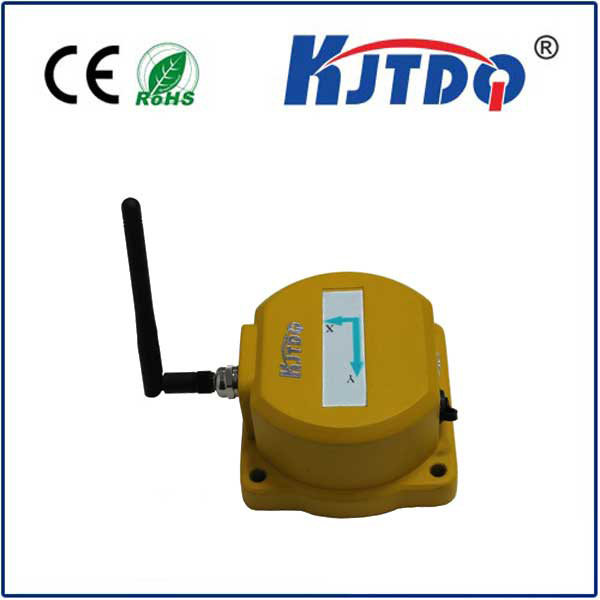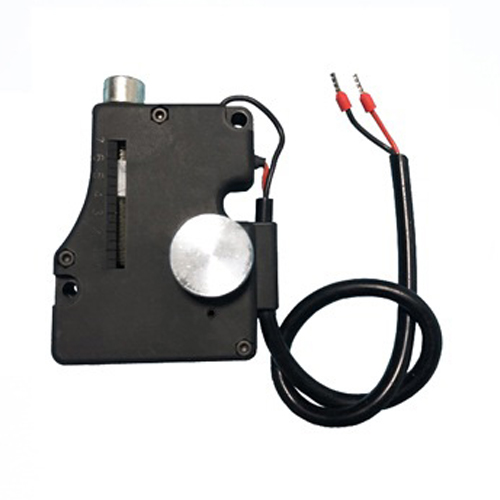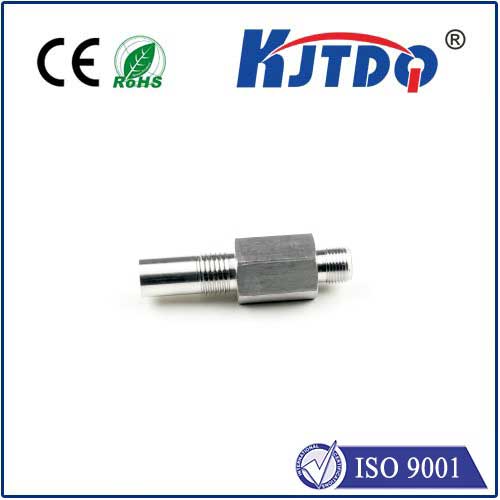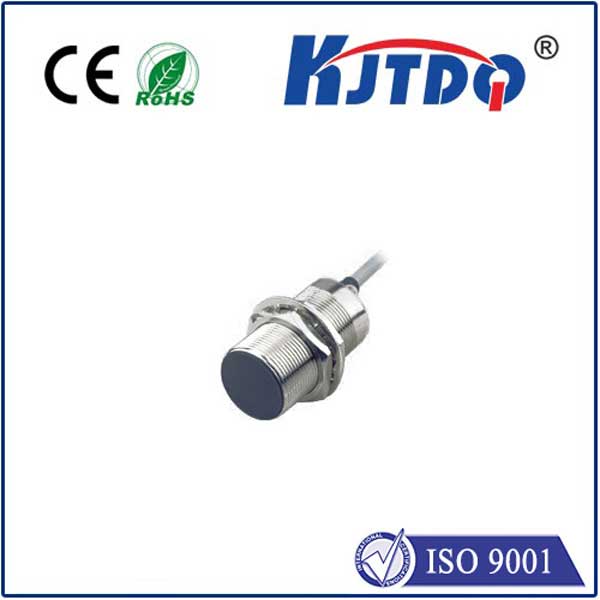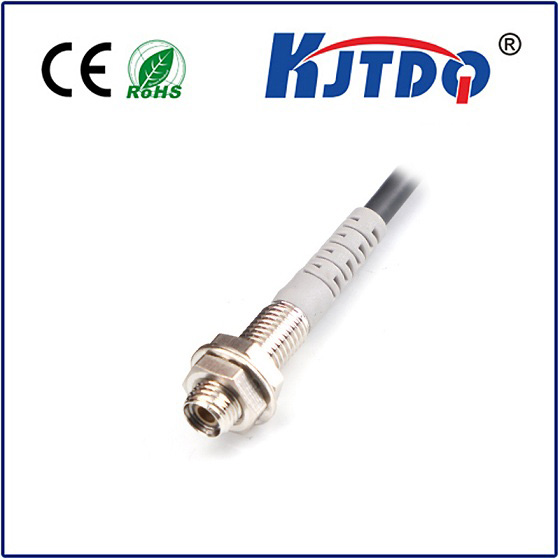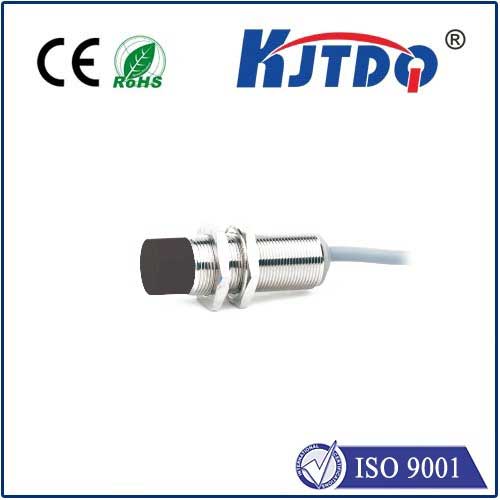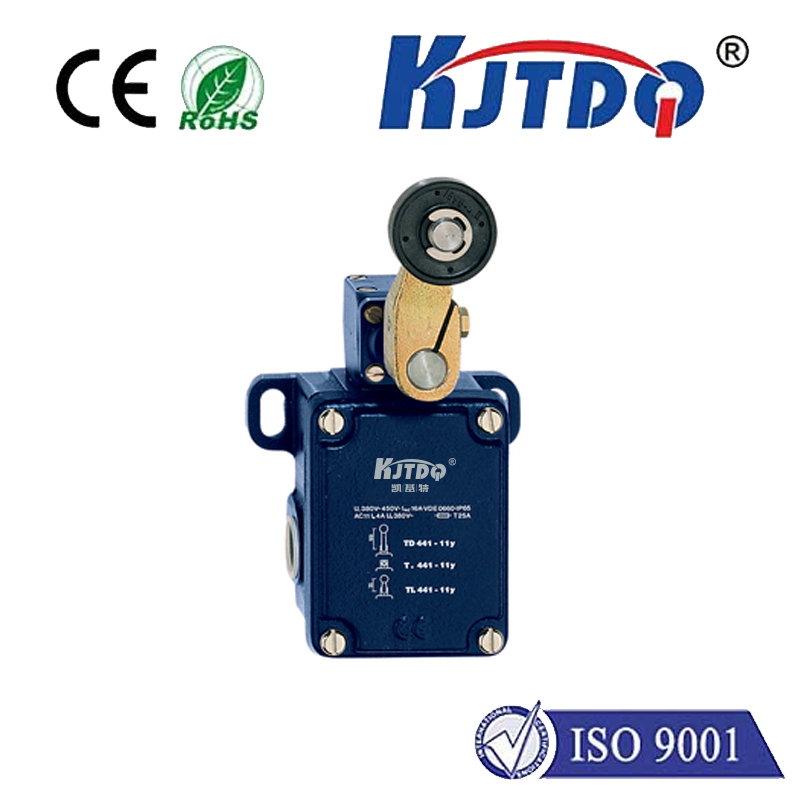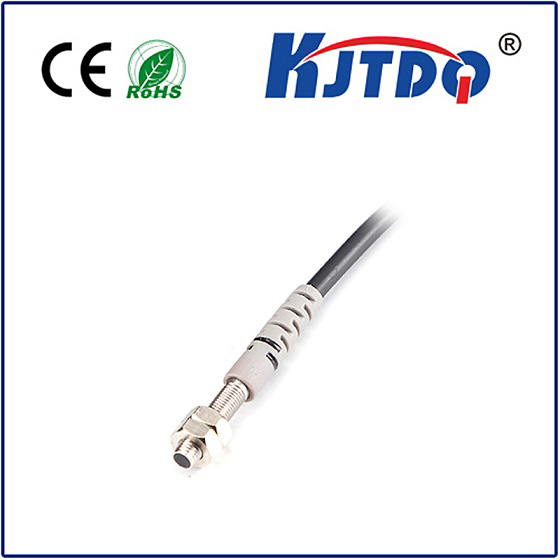poe temperature sensor
- time:2025-08-20 00:37:57
- Click:0
Power and Precision: How PoE Temperature Sensors Revolutionize Environmental Monitoring
Picture this: tangled wires snaking through ceilings, dedicated power outlets consumed by small sensors, and complex installations slowing down critical monitoring projects. Now, imagine replacing that chaos with a single, standard network cable providing both power and data. That’s the transformative reality offered by PoE temperature sensors, a cornerstone technology for efficient and scalable environmental monitoring. These ingenious devices leverage Power over Ethernet (PoE) technology to deliver unparalleled simplicity, reliability, and intelligence in tracking temperature across diverse settings.
Unlocking the “PoE” Advantage: Simplicity is Power
At its heart, PoE is a networking standard (IEEE 802.3af, 802.3at, or 802.3bt) that allows electrical power to be transmitted alongside data over standard Ethernet cabling (like Cat5e, Cat6, or better). This eliminates the critical hurdle faced by traditional sensors: the need for a separate, often AC-based, power source near the installation point. For temperature monitoring, especially in remote, hard-to-reach, or numerous locations, the absence of local power can be a major barrier. PoE temperature sensors solve this elegantly.
The sensor connects directly to a PoE switch or a PoE injector (which adds PoE capability to a non-PoE switch) using a single standard Ethernet cable. This cable delivers the necessary operating voltage (commonly 48V DC) while simultaneously providing the data pathway back to the network. This single-cable solution drastically reduces installation complexity, time, and cost. Running network cable is often significantly easier and cheaper than installing new electrical circuits, particularly in existing buildings or dense equipment racks.

Beyond Power: The Intelligent Core of PoE Temperature Sensing
While the power delivery via Ethernet is revolutionary, a modern PoE temperature sensor is far more than just a powered thermometer. It’s a sophisticated, networked device:
- Precise Sensing: High-accuracy temperature sensing elements (like thermistors or RTDs) constantly measure ambient or surface temperature with fine resolution.
- Onboard Intelligence: An integrated microcontroller handles data acquisition, performs basic processing, and implements the network communication protocols.
- Network Connectivity: Using standard protocols like TCP/IP, HTTP/HTTPS, SNMP, or MQTT, the sensor transmits its readings directly onto the Local Area Network (LAN) or even the Internet. This transforms raw temperature data into accessible network information.
- Data Transmission: Measurements are sent continuously, at scheduled intervals, or triggered by specific events (like exceeding a threshold).
Where PoE Temperature Sensors Shine: Diverse Applications
The versatility of PoE temperature monitoring makes it indispensable across numerous industries:
- Data Centers & Server Rooms: The mission-critical environment where overheating can lead to catastrophic equipment failure and downtime. PoE sensors provide real-time monitoring of hot/cold aisles, server inlets/outlets, CRAC units, and under-floor spaces. Early detection of hot spots allows for proactive cooling adjustments, preventing costly outages and maximizing energy efficiency.
- Laboratories & Research Facilities: Maintaining precise environmental conditions is paramount for experiments, sample storage (like fridges/freezers), and specialized equipment. Networked PoE sensors offer continuous logging and alerting, ensuring protocol compliance and safeguarding valuable research.
- Industrial Automation & Manufacturing: Monitoring temperature in control panels, machinery environments, process lines, or storage warehouses is critical for process consistency, safety, and product quality. PoE sensors withstand various industrial environments and integrate seamlessly with SCADA or BMS systems.
- Commercial Buildings (HVAC Monitoring): Optimizing heating, ventilation, and air conditioning (HVAC) for comfort and energy savings requires accurate temperature data across different zones. PoE temperature sensors offer a flexible, cost-effective way to gather this data without complex wiring.
- Healthcare: Monitoring temperatures in blood banks, pharmacies, sterile storage areas, and labs is vital for patient safety and regulatory compliance. Reliable PoE sensors provide audit trails and immediate alerts for excursions.
- Remote Sites & IoT Deployments: Locations lacking easy access to AC power – like telecom cabinets, remote weather stations, or agricultural buildings – greatly benefit from the easy deployment and remote management capabilities of PoE sensors connected via existing or new network infrastructure.
The Smart Edge: Leveraging Networked Data
The true power of a PoE temperature sensor lies not just in taking readings, but in what you do with the data:
- Centralized Monitoring & Dashboards: Data from multiple sensors across a facility (or even globally) can be aggregated onto central monitoring software platforms. This provides a holistic, real-time view of environmental conditions via intuitive dashboards.
- Real-Time Alerts & Notifications: Configure custom thresholds for critical values. The system can instantly trigger alerts via email, SMS, or integrated messaging platforms (like Slack, Teams) the moment a temperature drifts out of the acceptable range, enabling immediate response.
- Historical Logging & Trend Analysis: Continuous data recording allows users to analyze long-term trends, identify recurring issues (like gradual temperature rises in a specific rack), perform capacity planning, and generate compliance reports.
- Integration with Smart Systems: PoE sensor data can feed into broader Building Management Systems (BMS), Data Center Infrastructure Management (DCIM) software, or IoT platforms. This enables automated responses, such as adjusting HVAC settings or initiating cooling protocols based on real-time sensor inputs.
Key Advantages Summarized: Why Choose PoE?
- Simplified Installation & Scalability: One cable for power and data drastically cuts installation time, cost, and disruption. Adding more sensors is often as simple as plugging into an available port on a PoE switch.
- Reduced Wiring Complexity & Cost: Eliminates the need for electricians to run separate power lines, reducing material and labor expenses.
- Enhanced Flexibility & Reach: Install sensors wherever you can run an Ethernet cable, unconstrained by the location of AC outlets.
- Centralized Management & Remote Access: Monitor and manage all sensors from a single network interface, accessible remotely for true peace of mind.
- Reliable Power: PoE switches often incorporate Uninterruptible Power Supply (UPS) backup, meaning sensors remain operational during main power outages as long as the network switch stays powered.
- Standardization & Compatibility: Leverages ubiquitous Ethernet infrastructure, simplifying integration into existing networks and management tools.
- Improved Safety: Low-voltage DC power (typically 48V) via PoE is inherently safer than AC mains power, especially in sensitive or hazardous environments.
Implementing PoE Temperature Monitoring: Considerations
While highly advantageous, successful deployment requires planning:
- Network Infrastructure: Ensure your network switches have sufficient PoE ports and meet the power budget requirements (considering all PoE devices). Newer standards (802.3at PoE+, 802.3bt PoE++) deliver more power for sensors with additional features or longer cable runs.
- Sensor Placement: Strategically position sensors to accurately reflect the temperature of the critical areas you need to monitor (e.g., air intakes, hotspots, sensitive equipment).
- Management Software: Choose robust **mon













